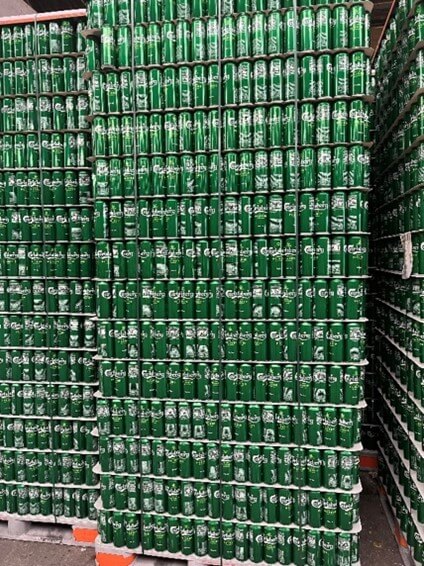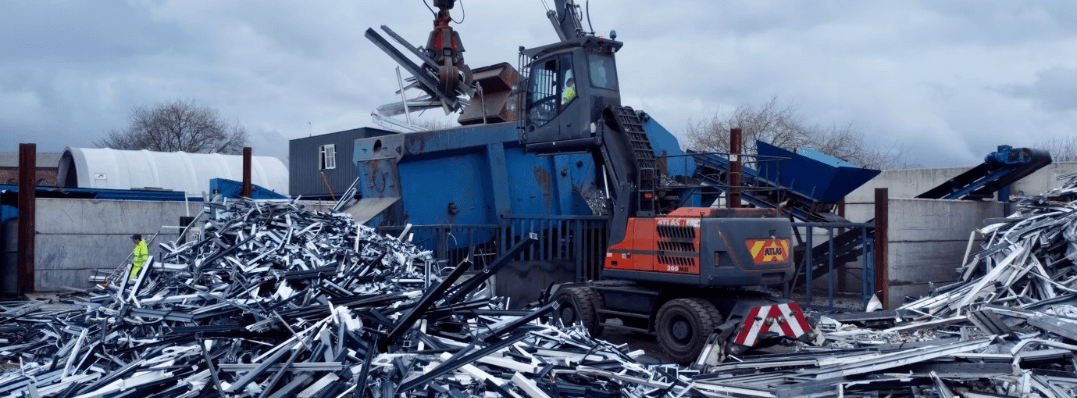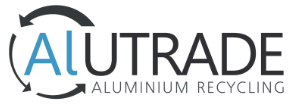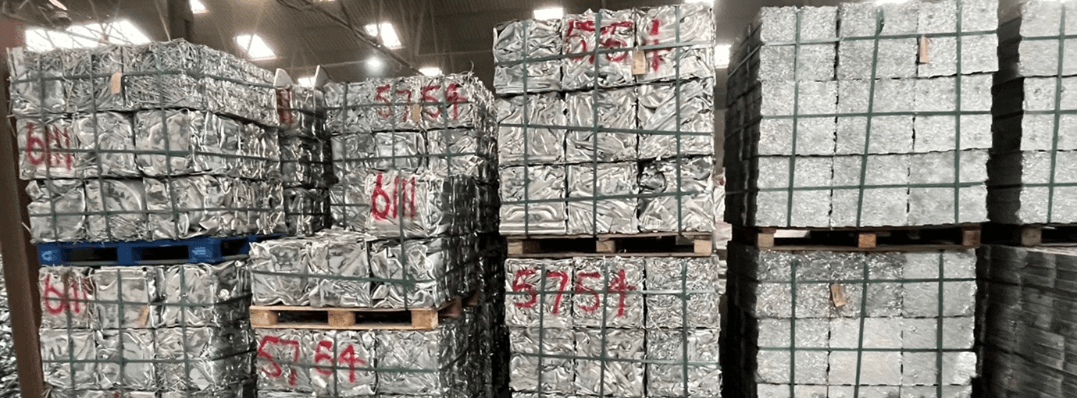Aluminium recycling 101: A deep dive into its applications
Day in, day out, we’ve been living, breathing and recycling tonnes of aluminium at our site in the Midlands for more than three decades.
That’s three decades worth of collecting, handling, sorting and transporting aluminium from all sorts of sources and in so many different forms, shapes and sizes.
In this blog, we take a deep dive into the world of aluminium and aluminium recycling. More specifically, we shed light on its many applications, as well as explore what happens to recycled cans
What is recycled aluminium?
Aluminium, in all sorts of forms, that has been recycled for reuse across various sectors. Generally speaking, there are two main categories of aluminium scrap:
- Pre-consumer – AKA surplus material created during the manufacture and fabrication of aluminium alloys. For example, extrusion discards, sheet edge trims and turnings.
- Post-consumer – aluminium that has already been used and has been discarded for recycling and then reuse. For example, drinks cans, car components and window frames.
We don’t want to give our pioneering aluminium recycling processes away, but what we can say is that we separate the aluminium away from any other materials. Once the aluminium has been recovered, it’s clean enough to be melted, around 97% clean. This material is in a good enough condition to be sent to remelting companies and recast into billet for further extrusion.
Due to the fact we are a zero-to-landfill site, we recycle every single element of the aluminium we receive. At the same time, we are the forefront of reinventing UBC can recycling processes and produce an average of 390,000 UBC recycling bales every year.
What is recycled aluminium used for?
Aluminium is one of the most widely used materials in the world mainly due to the fact it is one of the most widely recycled materials. It can be recycled over-and-over again and continuously reused each and every time, making it an extremely valuable commodity. (For more on aluminium’s impressive recycling profile, read our blog, ‘How many times can aluminium be recycled?’)
Both new and old aluminium scrap can be recycled into ingots, deoxidiser for the steel sector and master alloys. Meanwhile, high quality aluminium scrap is recycled back into extrusion billet for extruded and rolled products.
Because the properties and quality of aluminium aren’t compromised during the recycling process, recycled aluminium can be widely used for all sorts of applications, including:
- Drinks cans.
- Aerosols.
- Bottle tops.
- Smartphones and other devices – the iPhone is reportedly made up of 24% aluminium alloy.
- Aviation and automotive components – aluminium usage in cars is predicted to rise as the development of e-vehicles continues.
- Construction materials – aluminium was used to build the structure of the iconic Empire State Building in New York, as well as some of the decorative elements.
- Stairlifts.
- Wing skins in aircrafts.
- Trackway temporary flooring for events.
- Boat masts.
What happens to recycled aluminium cans?
Like all other forms of recycled aluminium, recycled aluminium cans are given a new lease of life, e.g. the examples listed above, plus many more applications. Interestingly, according to Recycle More, a used drinks can be recycled and put back on the shelf as a new drinks can within 60 days.
All of the drinks cans that are in circulation across the UK are 100% made from aluminium. Aluminium cans can easily be identified by the aluminium recycling logo:

From a corporate social responsibility perspective, aluminium recycling is enabling companies to improve their carbon footprint and help the planet. Our client, Origin Global, is a prime example of this, so too are McLaren Construction. We have partnered with them to recycle 200 tonnes of aluminium using closed loop processes. In turn, this is enabling them to achieve their Net Zero Carbon Scope 1, 2 and 3 targets by 2045.

Here at our site in Oldbury, we recycle the following cans:
- Aluminium
- Steel
- Mixed
- Loose
- Baled
- Contaminated
- Clean
As leading UBC can recyclers, we handle and recycle 500 tonnes of cans every month, which is the equivalent to 6,000 tonnes a year.
Aluminium is the material that just keeps on giving, from a functionality and recycling perspective. Its usage is so extensive that the examples listed above are literally just the tip of the iceberg. However, they do serve as a valuable starting point for demonstrating aluminium’s widespread value.
For more information or to discuss your aluminium recycling requirements with us, email our Commercial Manager, Ed George, at ed.george@alutrade.co.uk

